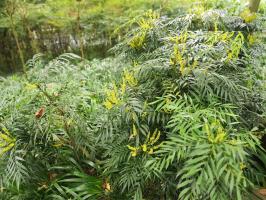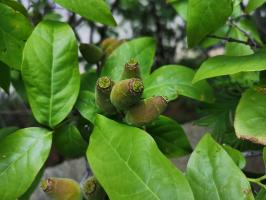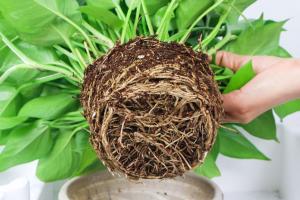1、 Plant classification
Plants are mainly divided into four categories: algae, bryophytes, ferns and seed plants. Algae have no rhizome and leaf differentiation, bryophytes have rhizome and leaf differentiation, ferns have rhizome and leaf differentiation, seed plants can be divided into angiosperms and gymnosperms, and seed plants have rhizome and leaf differentiation. Different plant types and structures lead to different reproductive modes
2、 Asexual reproduction
Asexual reproduction refers to the reproductive mode without the combination of male and female germ cells. In a sense, it is replication, and there is no difference between parents and offspring. Asexual reproduction is also divided into budding reproduction and vegetative reproduction. Among them, ferns are asexual spore reproduction, which develops into new individuals through the spores of plant germ cells after plant maturity, which can completely maintain the shape of the previous generation. The reproductive mode of algae is the division reproduction in asexual reproduction, which is the division of the mother into two new individuals. In this way, the traits can be preserved and maintained, which is meaningless to biological evolution
3、 Sexual reproduction
Sexual reproduction refers to the reproductive mode in which male and female germ cells combine to develop into new individuals. This reproductive mode can maintain parental traits and is of great significance to biological evolution. After flowering, the pollen in the anther falls onto the stigma of the pistil and germinates on the stigma to form two pollen tubes. The pollen divides into two sperm. The sperm combines with the egg cell to form a fertilized egg. The fertilized egg develops into an embryo, and the fertilized polar nucleus forms an endosperm

 jackfruit
jackfruit snake plant
snake plant hibiscus
hibiscus hydrangea
hydrangea lavender
lavender Green roses climb al...
Green roses climb al... If you don't pay att...
If you don't pay att... Management of four g...
Management of four g...


































